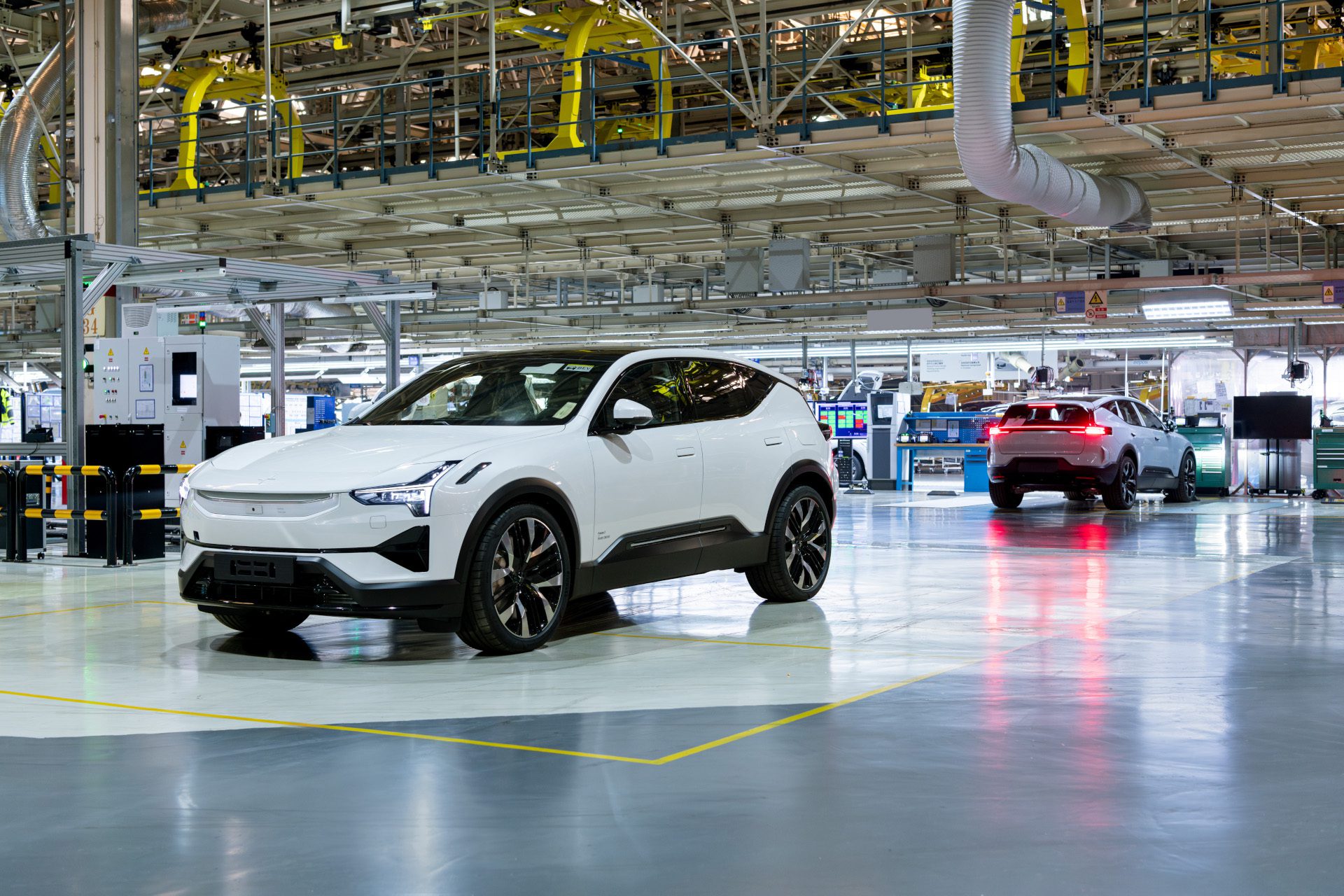Summary
- Volvo Cars is withdrawing as the primary production and design funding source for Polestar
- Via Geely Holdings, Polestar has secured a $950 million dollar loan from an international banking syndicate
- While Polestar does not have nearly the market valuation of some primary competitors, the fact that investment confidence is high enough to secure nearly $1 billion in loans shows that it stands to become a viable competitor
- The new investment allows for increases in both development & design departments, as well as helping to increase production capacity as Polestar is projecting 155,000 vehicles annually by end of 2025
- We think that a $1 billion investment at a time when interest in EV’s is diminishing is a very strong vote of confidence in Polestar, and will allow them to capitalize on opportunities, address challenges, and push to become a viable top-tier luxury EV maker
In today’s EV market, there are big players and small players. The biggest player is Tesla, while others such as the VW Group via Audi and Porsche are investing billions upon billions of dollars into electrification.
One of the smaller players, Polestar, who until late in 2023 was funded primarily by Volvo Cars and Geely Holdings, has recently acquired nearly $1 billion in secured loans from a banking syndicate that saw it as a strong investment as EVs are expected to rebound from their current slow sales in 2023 in the next few years.
No Subscription? You’re missing out
Get immediate ad-free access to all our premium content.
Get Started



